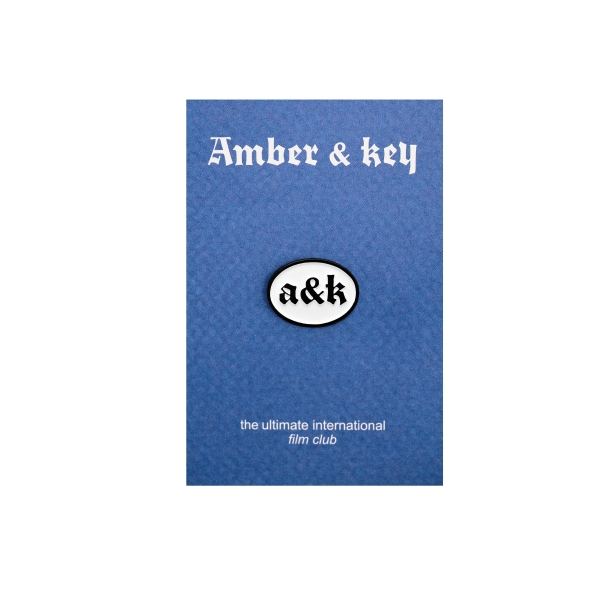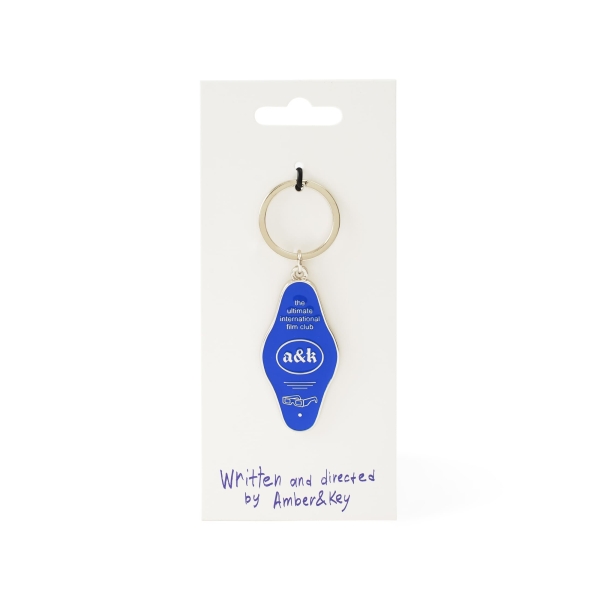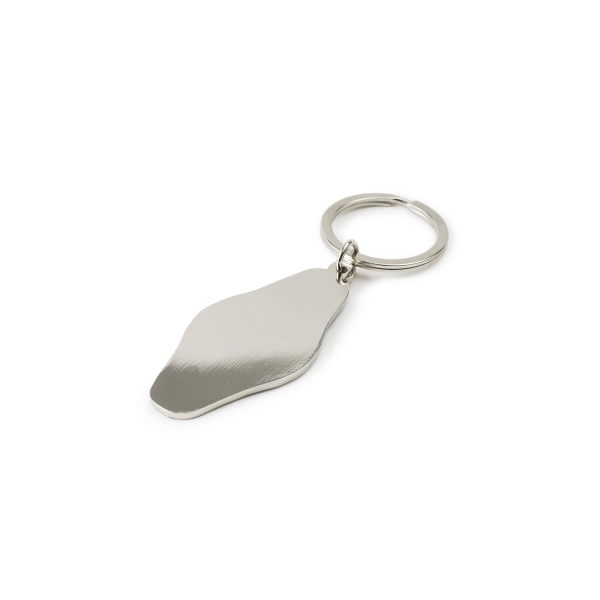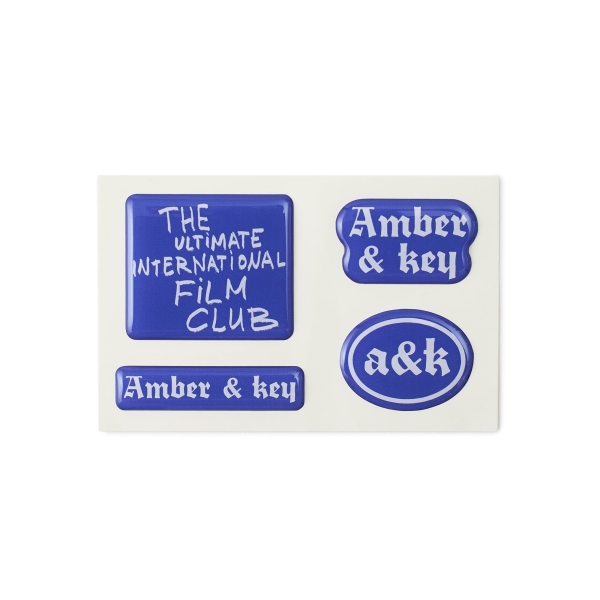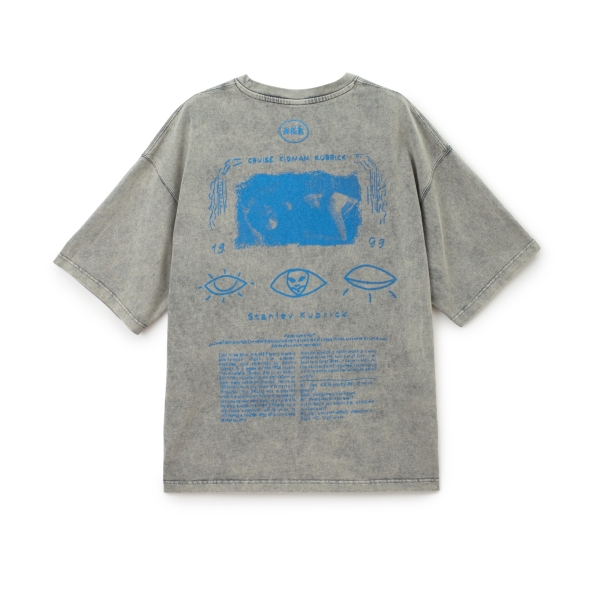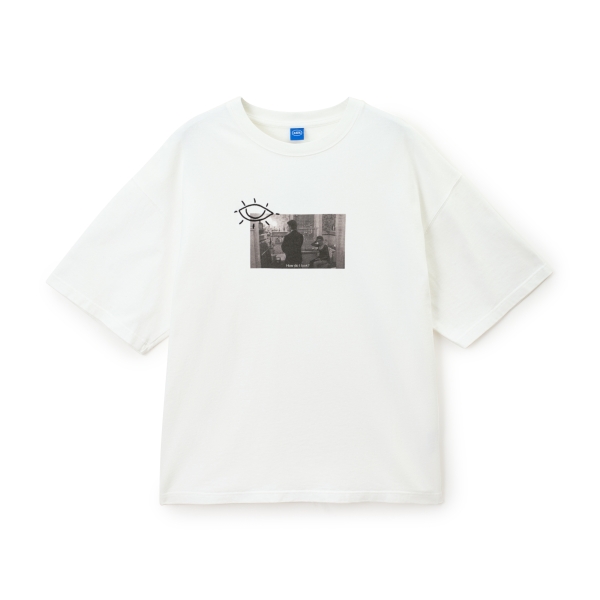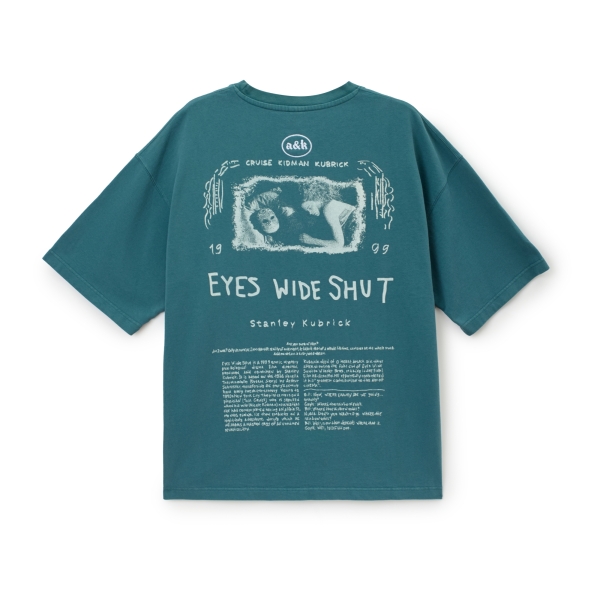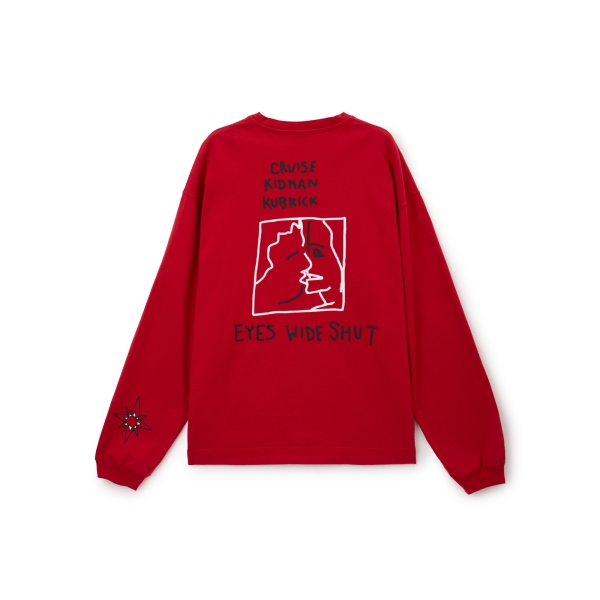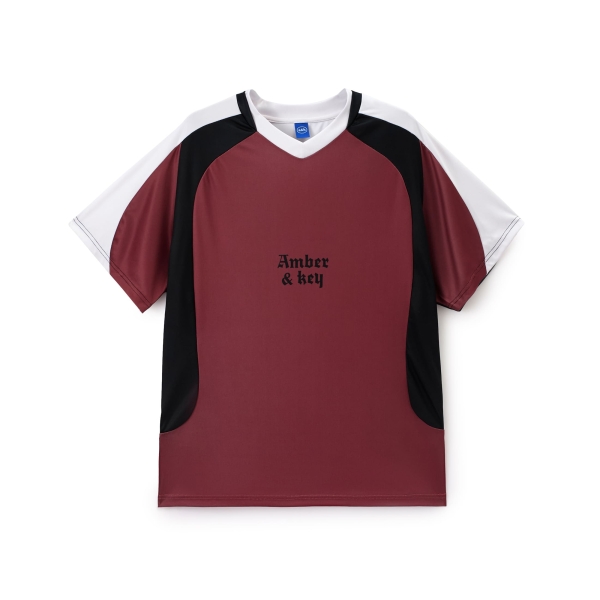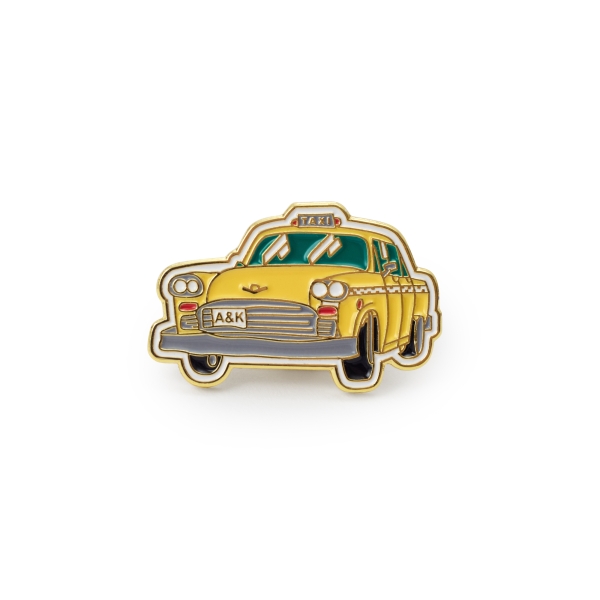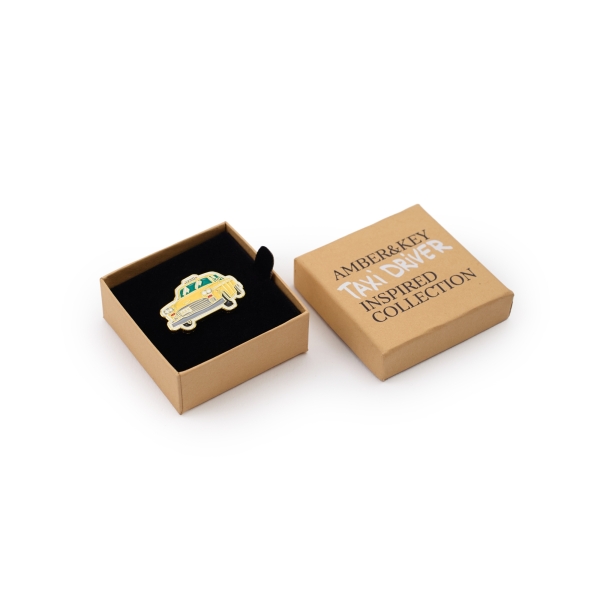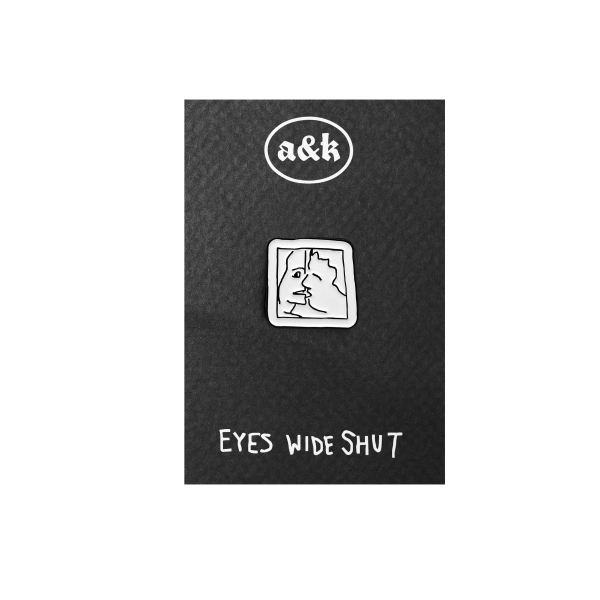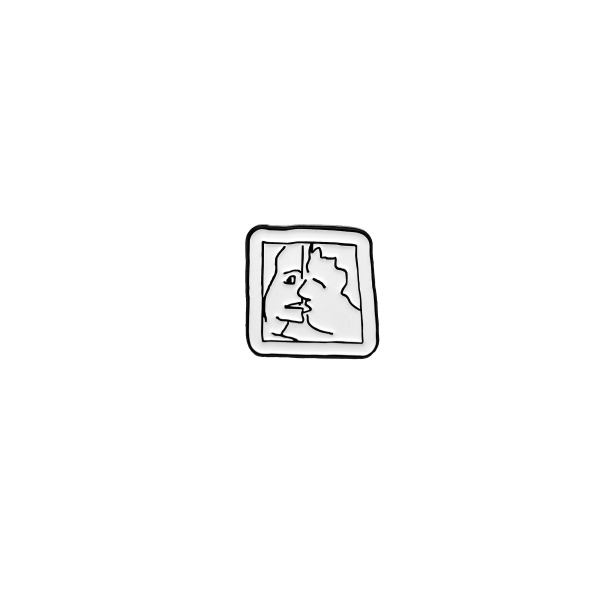In the world of cinema, there are numerous intriguing narrative techniques that directors use to keep the audience engaged and create unpredictable plot twists. One such technique involves using McGuffins. In this article from the ultimate international film club, we’ll dive into the history of the McGuffin, its significance, how it works, and its use in popular movies.

Pulp Fiction (1994)
• Act 1: Introduction
A McGuffin is a plot element, object, or goal that motivates the characters' actions but is insignificant to the plot itself. In cinema, a McGuffin is an object around which the plot revolves and which nearly all characters desire. Sometimes, this object might be off-screen and inactive while the heroes seek it. It serves as a way to move the plot forward, rather than just a key story element.
The term "McGuffin" was first coined by director Alfred Hitchcock and his screenwriter colleague Angus Macphail. The first conscious use of a McGuffin can be considered the "plans for new aircraft" in Hitchcock's The 39 Steps. In this movie, the antagonists are in search of the very airplane plans that cause the conflict and the entire plotline of the protagonist. The airplane plans are the McGuffin, and it's easy to imagine that it could have been a completely different item, such as a vial with a new virus or a suitcase full of money.
"If you can replace the McGuffin with another item and nothing much changes, then you've got yourself a McGuffin!"
— Alfred Hitchcock
The term "McGuffin" was first mentioned during Hitchcock's lecture at Columbia University in 1939. The director explained it as: "The object that everyone wants to get... For me, the storyteller, [the specific] McGuffin is not important... For filmmakers, the process is more important than the outcome — it's about what the characters do and say in pursuit of the object, not the object itself."
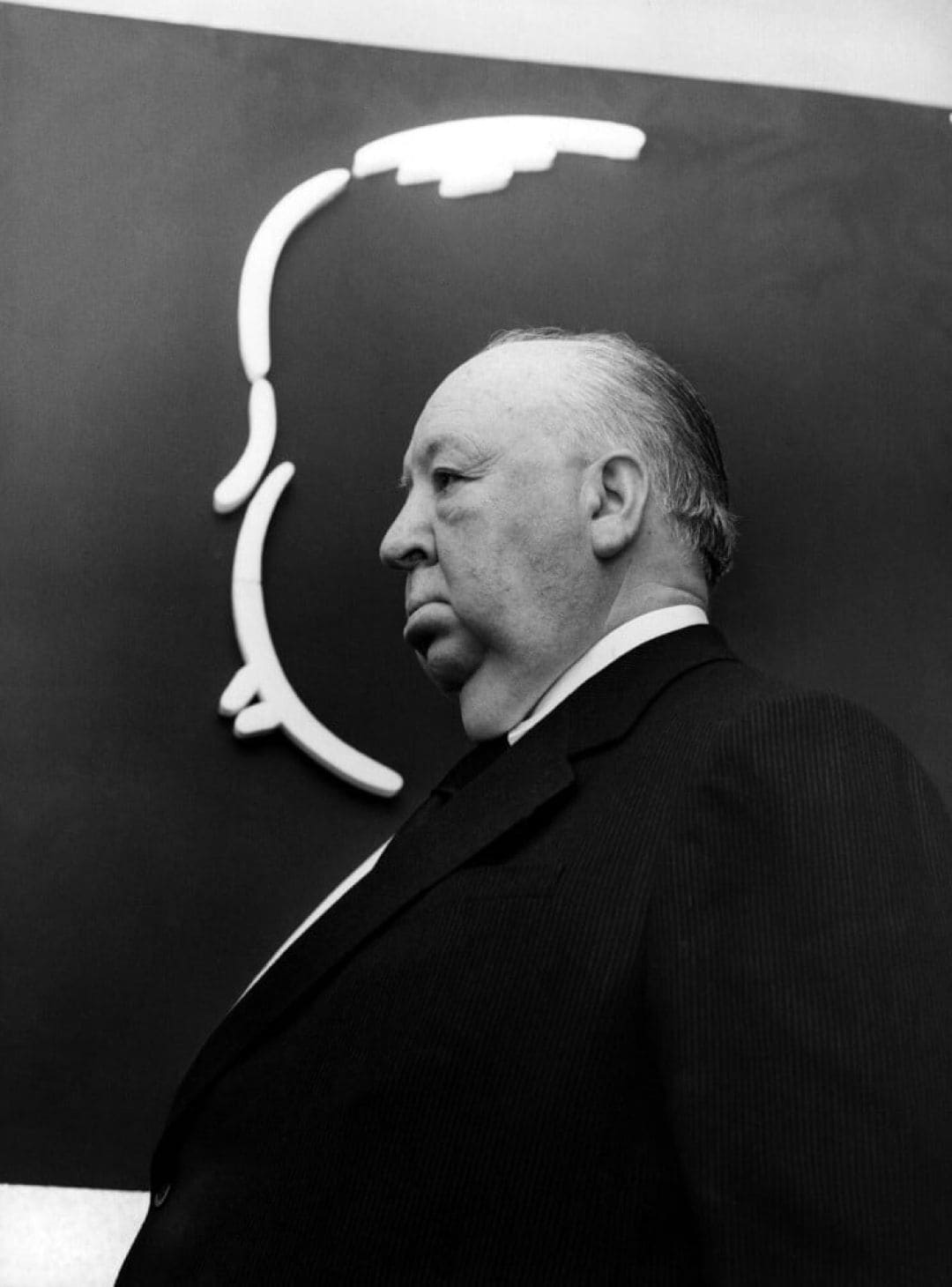
Alfred Hitchcock — an outstanding British director and producer, synonymous with intriguing plots, masterful tension management, and a unique atmosphere in cinematic art.

Rope (1948)

The 39 Steps (1935)

North by Northwest (1959)
Several of the most popular movies with iconic McGuffins by director Alfred Hitchcock, which the Amber&Key team recommends watching.
• Act 2: Plot development
A McGuffin can be anything: a precious artifact, a secret document, a financial account, or just an item that characters want to acquire or protect. What’s important is not so much the object itself, but its influence on the characters' actions and plot development. The McGuffin prompts characters to make decisions, struggle for something, or even form the main conflict.
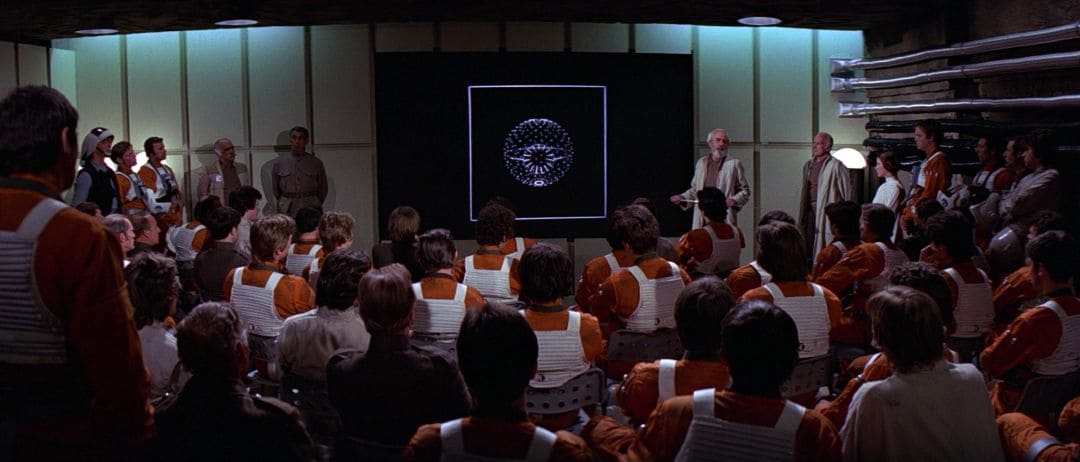
Star Wars. Episode IV - A New Hope
A nod to Hitchcock's McGuffin with the airplane plans from The 39 Steps can be seen in George Lucas’s iconic saga Star Wars, namely - the Death Star plans in the robot R2D2. George Lucas attributed far more importance to McGuffins, embedding them not only as plot stimulators but also forming the basis and conflict of his stories. Incidentally, he called "the arc of the covenant" his best McGuffin.
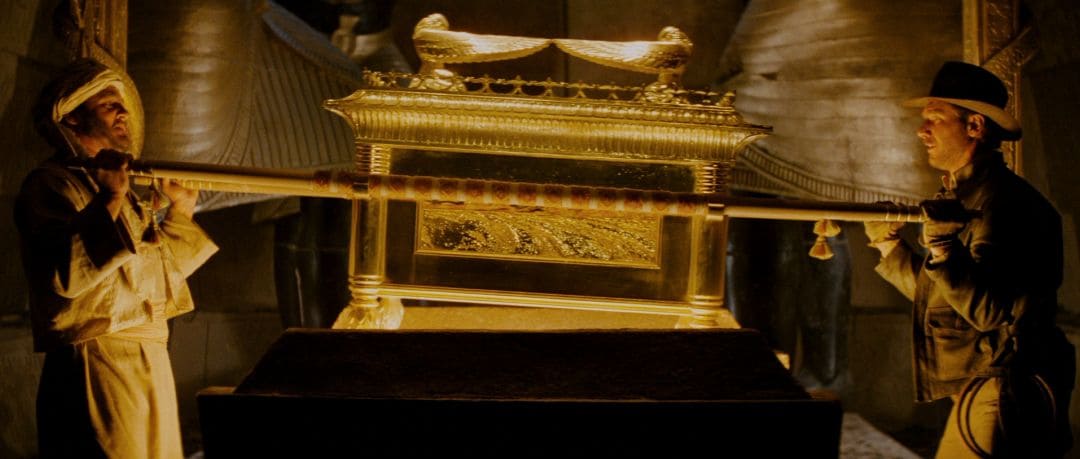
Raiders of the Lost Ark (1981)
"The main driving force in the movie is really R2-D2. He is… what you say in the movie business, the MacGuffin"
— George Lucas
One of the earliest and most widely cited McGuffins is the money in Psycho, which intersects beautifully with one of the favorite movies of the Amber&Key editorial team, the Coen Brothers’ No Country for Old Men, where the main conflict between the characters was also built on money.
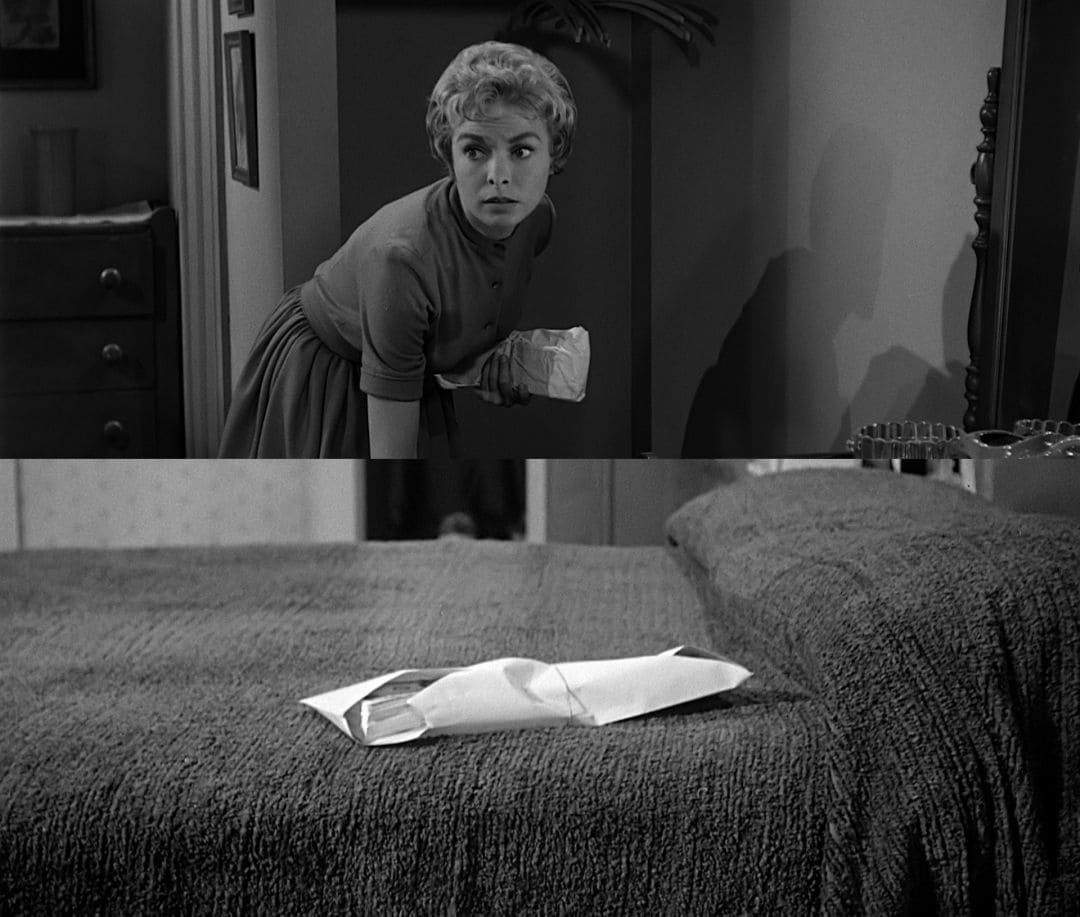
Psycho (1960)

No Country for Old Men (2007)
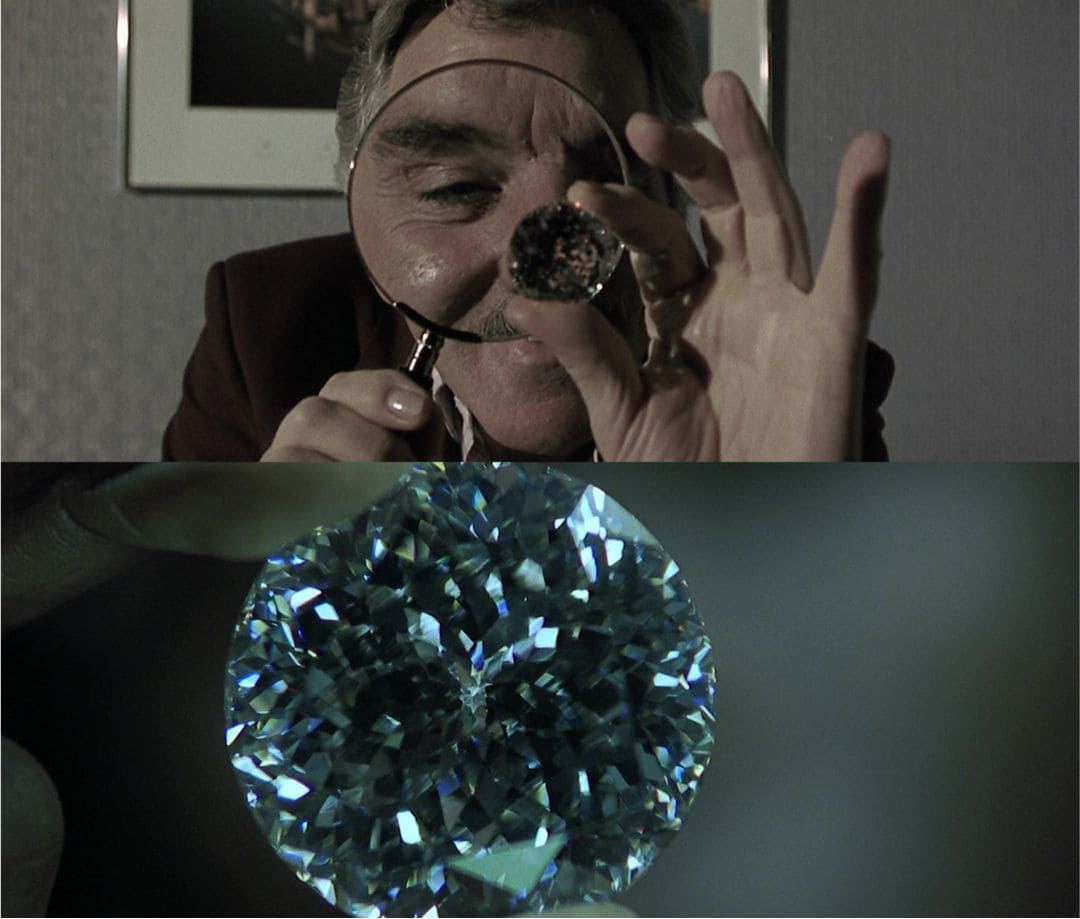
Snatch (2000)
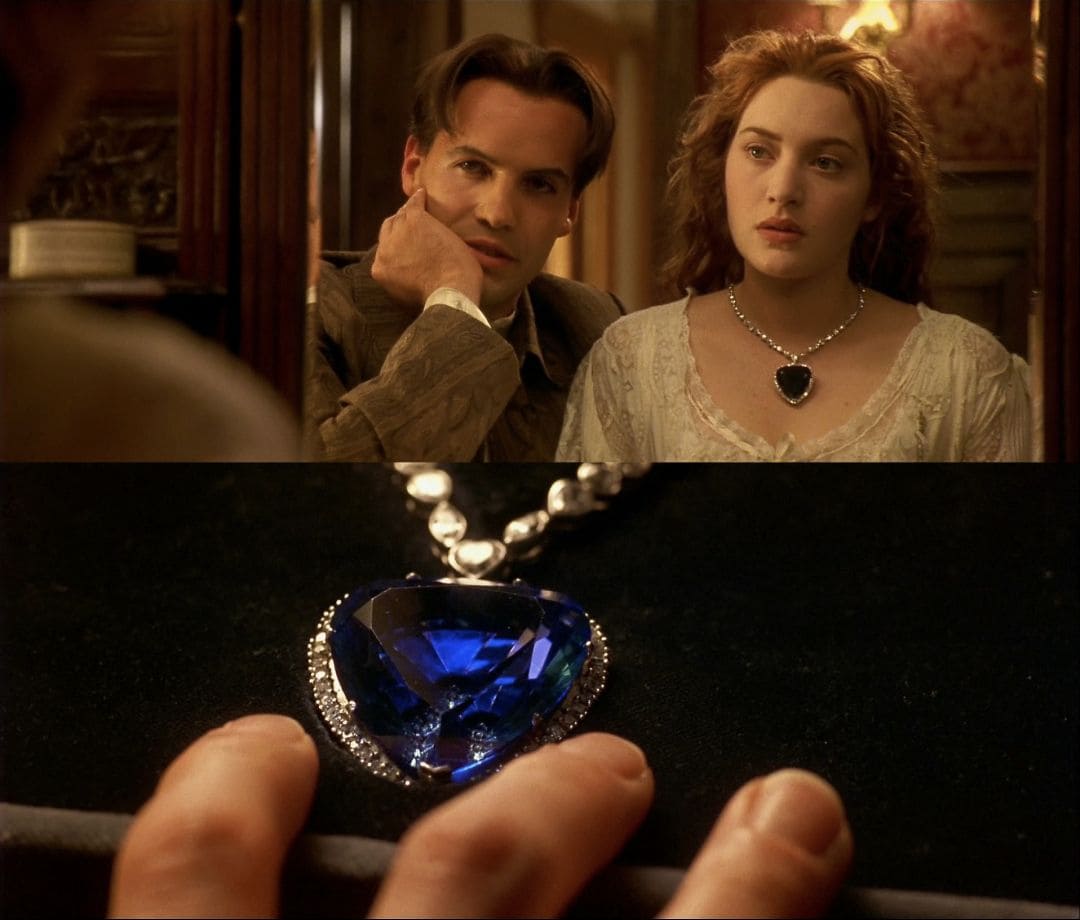
Titanic (1997)

T-shirt 3D from Amber&Key
Director Joe Camp in 1979 shot a movie with two McGuffins — a severed hand and a suitcase. The movie was aptly named Double McGuffin.
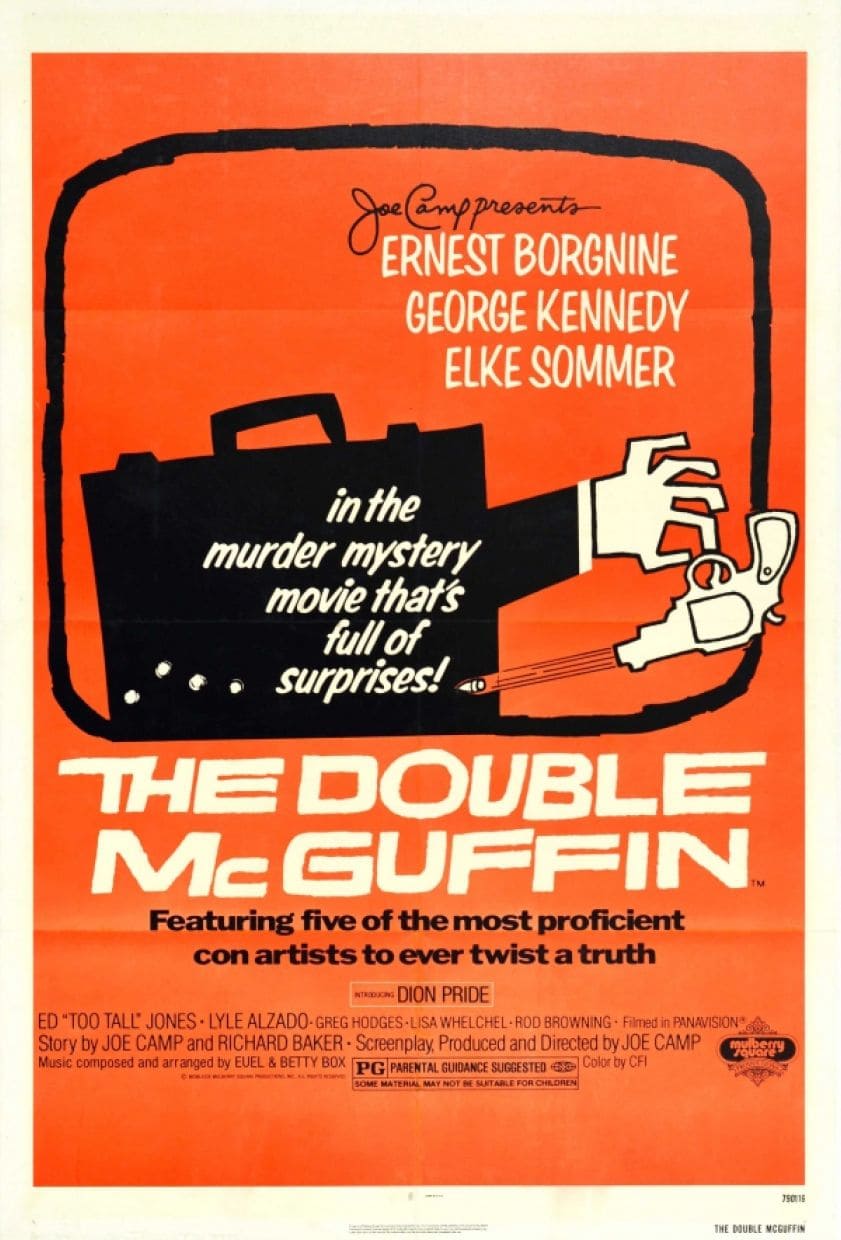
The Double McGuffin (1979)
In cinema, McGuffins can be not only objects but also abstract concepts, places, and even people. For example, in many detective stories, spies gather information, and police track down criminals. In adventure movie, heroes often strive to reach a certain place. And in Francis Ford Coppola’s movies Apocalypse Now, the McGuffin is none other than Marlon Brando's character, Colonel Walter Kurtz. His search and elimination become the central plot motive, though his personality and significance to the plot remain unclear and mysterious, serving more as a catalyst for the movie's actions.
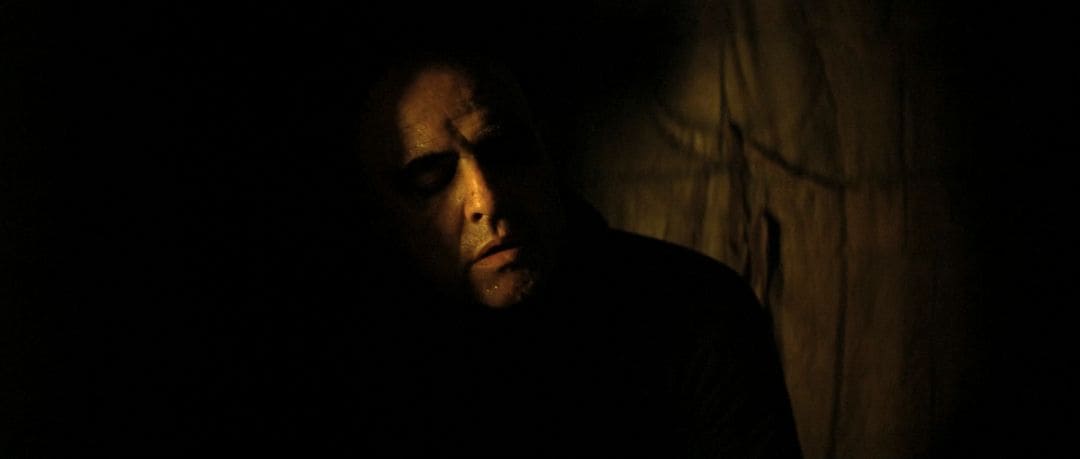
Apocalypse Now (1979)
• Act 3: Conclusion
McGuffins are a powerful tool for creating intrigue and tension in the plot. Exploring the role of the McGuffin in cinema underscores its importance as a key structural element. McGuffins demonstrate how even a minor object or event can have a profound impact on the development of the plot and the retention of the viewer's attention. Thus, understanding the mechanisms of the McGuffin allows filmmakers to create more engaging and memorable moies, and viewers to enjoy unpredictable plots. Next time you watch a movie, pay attention to this intriguing tool, as such little hooks, like Butch Coolidge's father's watch, create and lead characters to the climax, and viewers to delight.

Pulp Fiction (1994)
MacGuffin is nothin at all
— Sir Alfred Joseph Hitchcock

